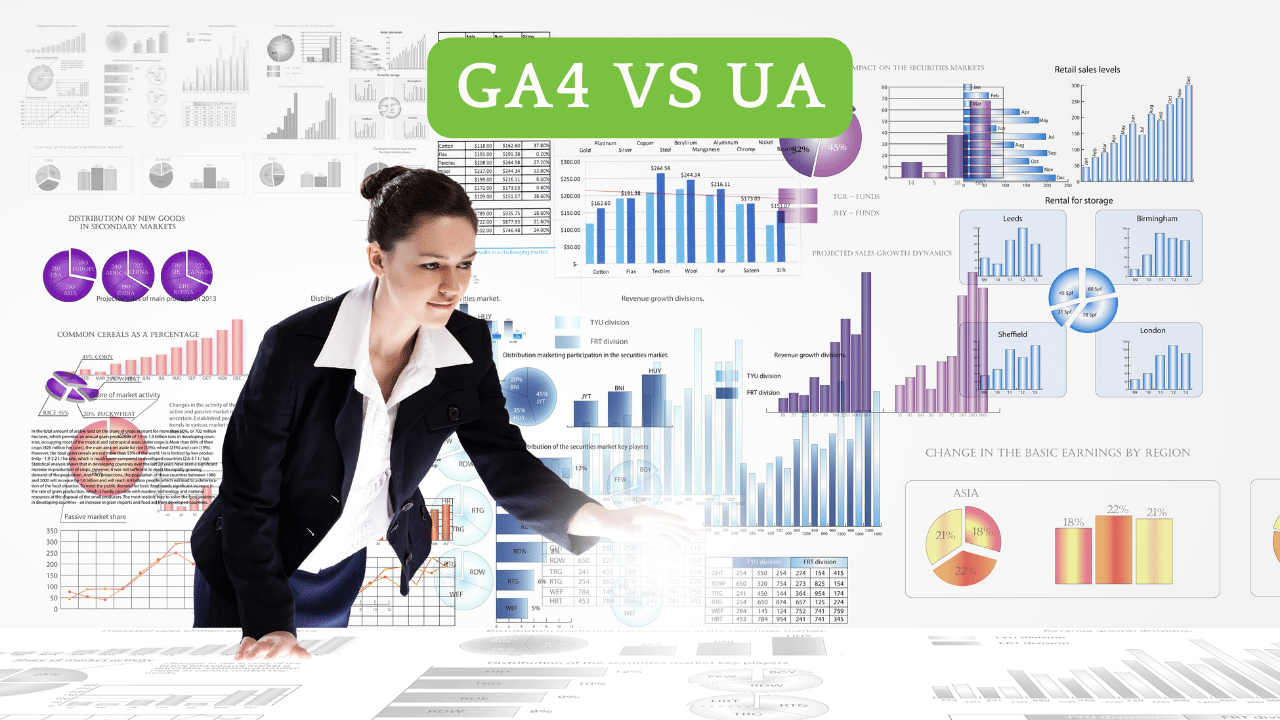In the ever-evolving world of web analytics, Google Analytics has remained a dominant force, providing businesses with valuable insights into their online performance. Recently, Google upgraded to its latest version, Google Analytics 4 (GA4), leaving aside the version it used for years. It promises to revolutionize the way businesses analyze and optimize their online presence. With a host of new features and improvements, GA4 offers a fresh perspective on data analysis and reporting. In this article, we will delve into the key differences between Universal Analytics and GA4, and discuss how businesses can leverage the power of GA4 to drive their success.
Introducing Google Analytics 4: A Revolutionary Upgrade

Google Analytics 4 is not just an incremental update; it is a revolutionary upgrade from its predecessor, Universal Analytics. GA4 embraces a customer-centric approach, focusing on user behaviors across devices and platforms. It incorporates machine learning and artificial intelligence to provide businesses with deeper insights into customer journeys, conversions, and engagement. GA4 also offers an enhanced user interface that allows businesses to easily navigate and comprehend the wealth of data at their disposal. By introducing a more privacy-centric approach, GA4 aligns with the increasing demand for data security and transparency.
Key Differences: Universal Analytics vs Google Analytics 4

One of the major differences between Universal Analytics and GA4 lies in the data model. While Universal Analytics primarily focused on sessions and pageviews, GA4 introduces an event-based data model. This shift allows businesses to track individual events, such as clicks, video interactions, and app installations, providing a more comprehensive understanding of user behavior. Additionally, GA4 offers enhanced cross-platform tracking, enabling businesses to follow users across multiple devices and platforms seamlessly.
Another key difference is the integration of machine learning in GA4. With the introduction of the Analysis Hub, businesses can leverage advanced analysis techniques, such as automatic insights and predictive analytics, to uncover hidden patterns and trends in their data. GA4 also simplifies data exploration by offering ready-to-use templates and reports, making it easier for businesses to extract actionable insights.
Unleashing the Power of Google Analytics 4 for Businesses

The power of GA4 lies in its ability to provide businesses with a holistic view of their customers and their journey. With enhanced measurement capabilities, businesses can gain insights into user engagement, retention, and monetization across various touchpoints. GA4 also allows businesses to create custom audiences based on specific behaviors and attributes, facilitating targeted marketing campaigns to maximize conversions.
Additionally, GA4 integrates seamlessly with Google Ads and other Google marketing products, enabling businesses to optimize their advertising efforts based on a deeper understanding of user behavior. By utilizing the latest technology and analytics techniques, businesses can make data-driven decisions, drive revenue growth, and enhance their overall online performance.
As the digital landscape continues to evolve, Google Analytics 4 provides businesses with the tools they need to stay ahead of the curve. With its customer-centric approach, advanced analytics capabilities, and seamless integration with other Google products, GA4 is poised to become an indispensable tool for businesses seeking to unlock the full potential of their online presence. By embracing GA4 and adapting to the changing analytics landscape, businesses can gain a competitive edge and pave the way for future success.




